Case Study One
We Pride Ourselves On Supporting Greatness
"From day one, Tomkins have been very welcoming and considerate."
"I was still a student and I had very little understanding of how my venture might develop. They still worked with me as though I was a multinational."
The Ray Chair by Perch
Case Study One
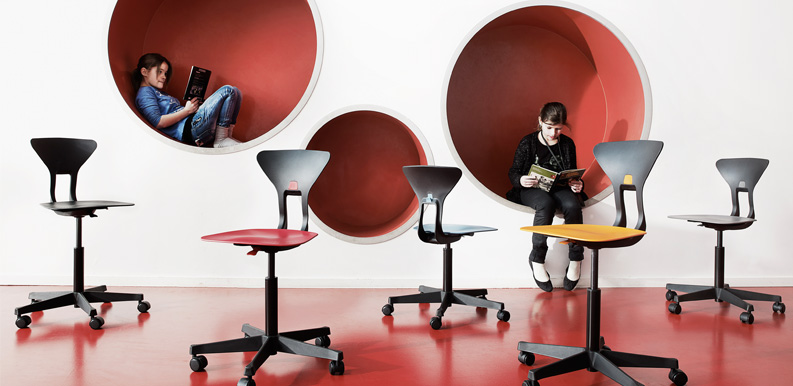
The Ray Chair by Perch
Case Study One
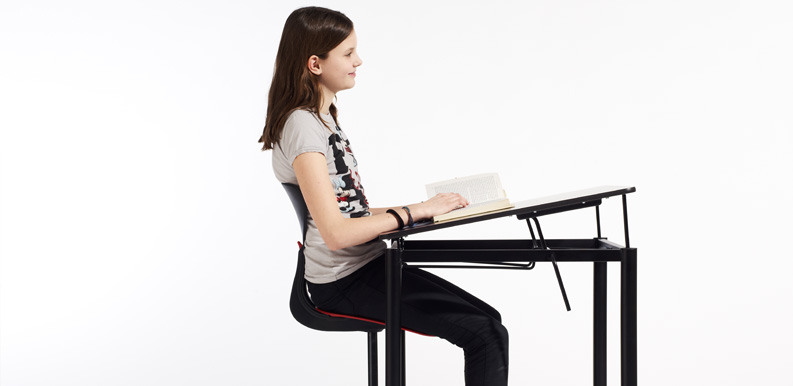
The Ray Chair by Perch
Case Study One
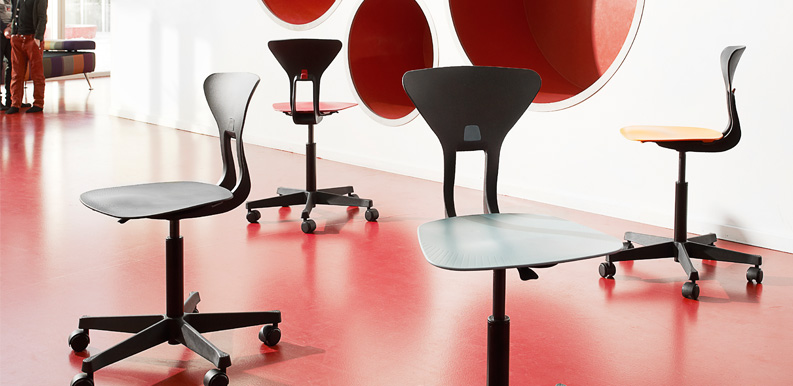
The Ray Chair by Perch
Case Study One
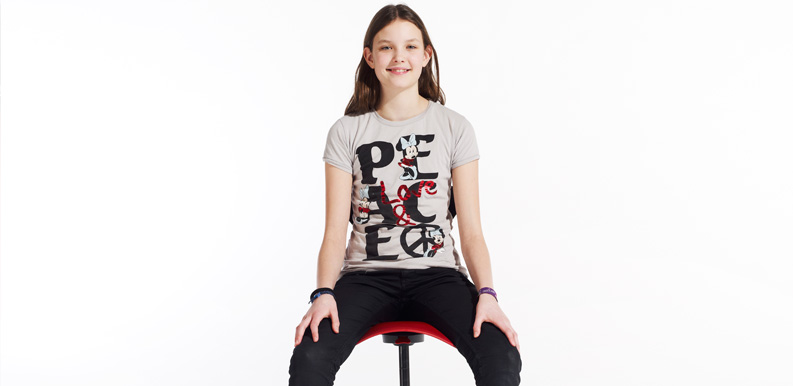
The Ray Chair by Perch
Case Study One
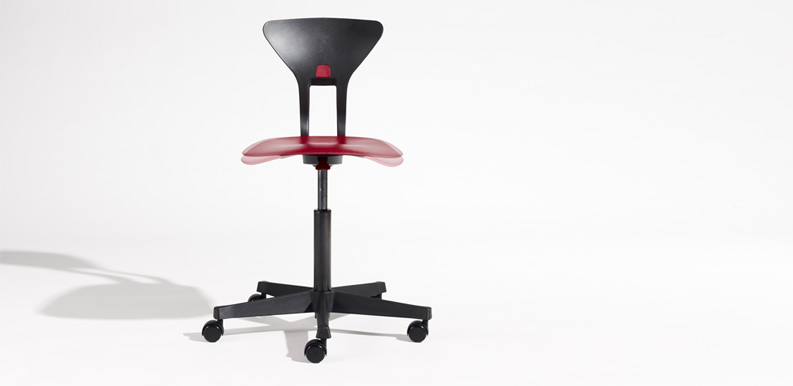
The Project
During his research masters in industrial design at the National College of Art and Design, Ireland, Simon Dennehy, CEO of Perch Dynamic Solutions Limited unearthed a mountain of research relating to the poor design of school furniture.
“Within the first two weeks of research, I was astonished at just how bad the situation around the world was. Looking at the academic and white paper publications available online at the time, there were many competing ideas relating to comfort in the workspace”.
In the past, school tables almost always sloped toward the student, to enable the work to be elevated. This meant they would need to bend their necks and backs less, in order to get close to their work. But, for some reason, which remains a mystery to Perch, desks flattened.
“My observations in schools, where I spent a lot of time observing, were frightening. To see students statically locked into a slouched posture was a real eye opener”.
Dennehy’s research lead him to the conclusion that a more upright working posture was a needed intervention for school children.
Over many months of prototyping and testing, Dennehy sought a solution that would capture the functional and aesthetic elements of furniture design, while addressing the problems inherent in current school furniture. His solution came in the form of a chair having a uniquely flexible seat pan. In its normal state, the seat looks exactly like a regular seat of a chair, however once sat upon, it deforms into a saddle shape. The front corners of the seat are flexible, allowing the user to sit higher than usual, while the chair elastically deforms beneath them. This invention means that the user is always in contact with the seat, but is encouraged to move more frequently and sit higher, in a healthier and neutrally balanced way.
Recognising the potential in his invention, Dennehy approached Tomkins to discuss the possibility of patent protection. “From the initial search I had done, I could find nothing even remotely similar to the concept of a deforming, flexible seat, but I had never applied for my own patent before. Olivia Catesby talked me through the options and really helped to demystify the process. I worked with Tomkins to get a strong patent application in place before disclosure of the furniture at my graduation show in NCAD and we successfully filed the first of many patent applications in 2008”.
“From day one, Tomkins were been very welcoming and considerate. I was still a student and I had very little understanding of how my venture might develop. They still worked with me as though I was a multinational”.
After the graduation show, Dennehy placed the work online and began receiving a huge number of requests for interviews and articles from around the world. He named the furniture collection, which comprised of a chair and desk design, Perch.
In taking the design forward, three options were open to Dennehy; to try to commercialise the project (through manufacturing or licensing); to continue studying for a PhD; or to seek EU funding for further development of educational furniture developments, given the global shortage of well-designed school furniture. “Naturally I chose all three options and a chaotic few years ensued”.
Dennehy was fortunate to be invited to the Genesis Enterprise Centre in Cork, where he received funding from Enterprise Ireland. There, he worked on a business plan and sought a potential licensee.
Dennehy has no doubt that protecting his IP allowed the company to accelerate and notes that “securing our first patents allowed us to open negotiations with significant international furniture companies”.
“In 2009, I met with a very exciting and growing company in Denmark, Labofa, who immediately loved the idea and wanted to commercialise it. They had been working with Hans Thyge Raunkjaer for some years and valued his insights, so we agreed to partner on the project and bring it to life together”.
In bringing the project to the market, Perch worked closely with DuPont in the UK, to find the perfect material for the patented seat pan. Dennehy recalls the excitement when he received the first seat samples in mid-2012. “It was an incredible experience to finally sit on a production sample”. Since its launch at the leading international furniture trade fair Orgatec, Cologne in 2012, the chair has been selling very well in Scandinavia for Labofa. The commercial project with the company is called RAY. Perch continue to work with Labofa on future projects and are about to launch a new collection with the flexible seat, in early 2017.
Now, Perch specialises in design for human movement. They research and develop concepts for office, healthcare, education and many more sectors. Perch recognise protecting their IP as a critical part of the future of Perch: “To date, our business model has involved licensing designs in exchange for a royalty payment upon sale”, he explains. “It's not always the case that a patent is required, but design registration, trademarks and know-how are equally important for our clients to acquire. As a result, we will continue to develop new and valuable IP as a central role in our business.”
Since the successful commercialisation of the Ray chair, Perch have returned to Tomkins to seek patent protection for a unique office task chair, which they have successfully found a commercial partner for in the UK. The latest chair is currently the subject of a pending international PCT patent application. The development will launch in the next 18 months, and is one they are hugely excited by. “Again, we spoke to Tomkins very early in our development process, to find the best approach to patenting the concept and have always found them to be excellent at each step along the way”.
“Developing new and innovative IP solutions in-house for prospective clients is timely and costly” says Dennehy. “It's taken us several years to push these concepts through, but now we have a critical mass, with a waiting list of clients to work with. Tomkins advised me on best practice at each stage throughout. Each step of the way was explained in absolute detail and I now see Tomkins as a one stop shop for advice and consultation, before and during the process of design and innovation”.
Tomkins. Supporting Greatness.